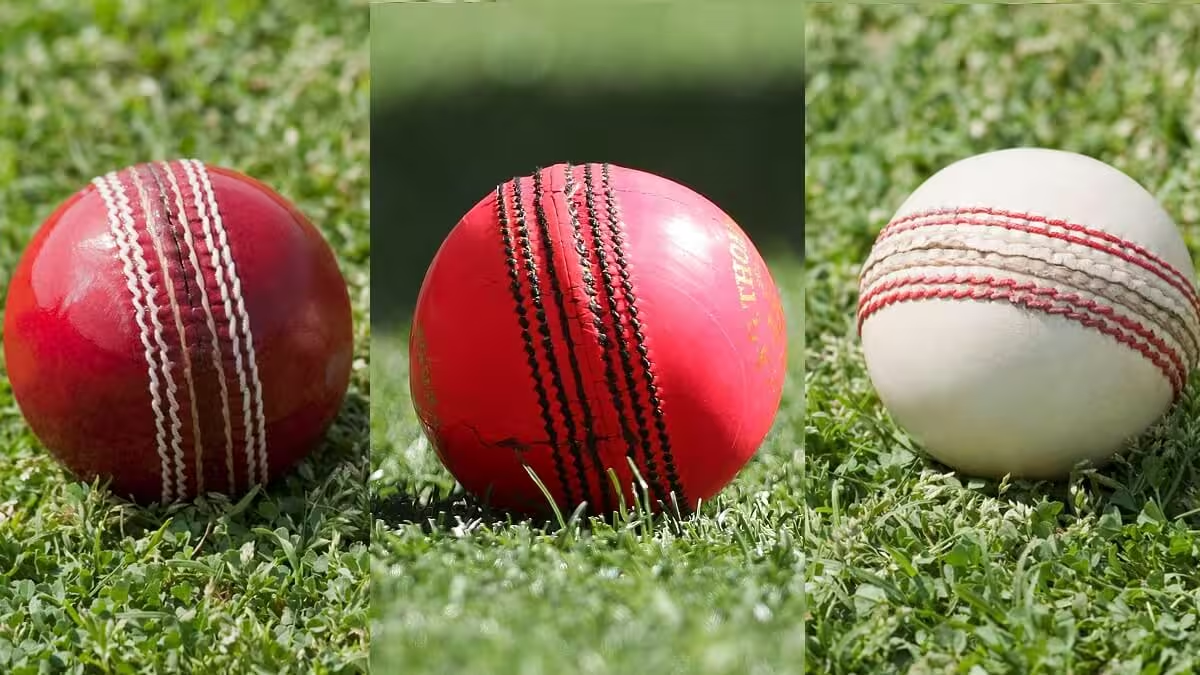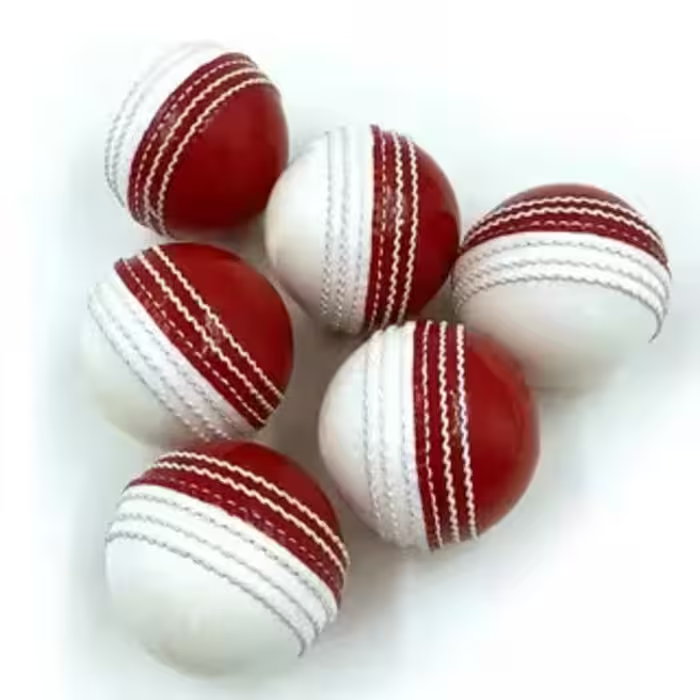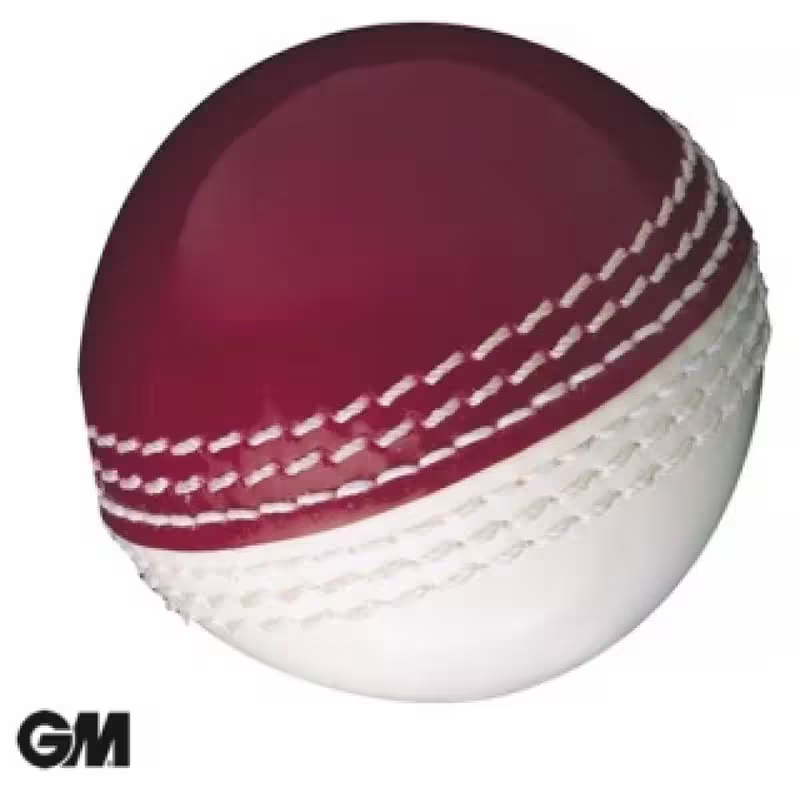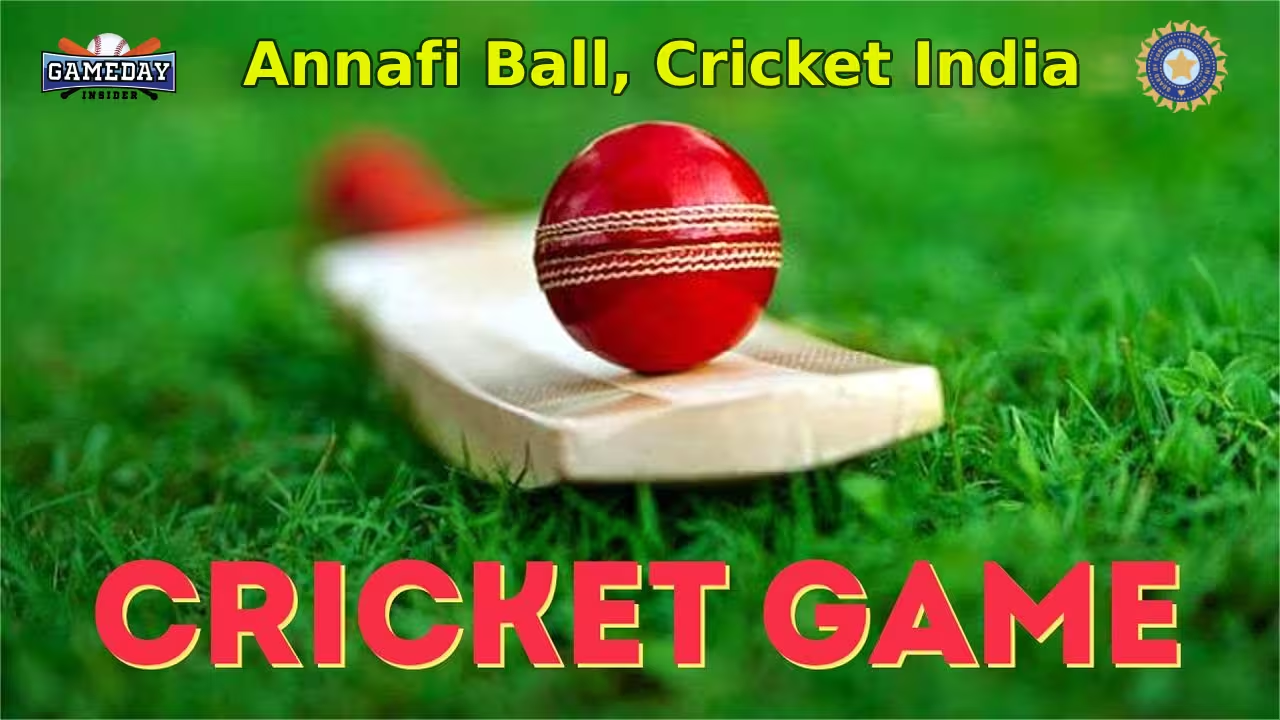What makes cricket so thrilling for over a billion people? Why does an entire nation come to a standstill for a good game? Well, if you’re someone looking to understand India’s cricket craze, you’ve hit the right place. Cricket isn’t just a game here; it’s a religion. And one term that’s buzzing around the cricketing circles lately is the “Annafi ball.” Yep, you read that right. If you’re unfamiliar with it, don’t worry. By the end of this, you’ll know exactly why the Annafi ball has become a hot topic in India’s cricket landscape.
Let’s dig into what makes cricket tick in India, explore what an Annafi ball is, why it matters, and how it fits into the sport that captures hearts across the country.
Cricket in India: More Than Just a Sport
You see, cricket in India goes beyond the pitch. For millions, it’s a lifestyle, a daily conversation, a dose of excitement, and sometimes even a source of inspiration. And while cricket originated in England, India has transformed it into something larger than life. It’s no longer just bat and ball; it’s about stories, moments, and pride.
But let’s get into something specific, something that not every cricket fan knows about: the Annafi ball. If you’re a fan of innovation and strategy, you’ll find this interesting.
What is the Annafi Ball?

The Annafi ball is an innovative cricket ball designed to maximise performance. Think of it as an advancement over traditional cricket balls, with a structure that helps bowlers deliver precision and control. Originating from local craftsmen in India, this ball is designed for durability, ease of handling, and sometimes even customisable weight. Although relatively new, it’s quickly catching the attention of players looking for that edge in the game.
Why Is It Becoming Popular?
India’s climate and pitch conditions vary from city to city, making it essential to have equipment that can adapt. This is where the Annafi ball shines. Its build quality allows it to endure intense matches while still holding shape and giving the bowler a certain level of mastery. From local cricket tournaments to professional leagues, the Annafi ball is gaining traction among players who crave consistent performance.
The Journey of Cricket in India
Cricket wasn’t always so popular in India. It made its debut here in the early 18th century, brought by British colonial officers. The first official match in India was played in 1848 by the Parsi community in Bombay (now Mumbai). But the real growth spurt happened post-independence. With India’s victory in the 1983 Cricket World Cup, the sport catapulted into mainstream popularity, and from there, there was no looking back.
Fast-forward to today, and cricket is synonymous with India. People across all regions, classes, and ages adore the game. From the bustling streets of Mumbai to the small lanes of rural villages, you’ll see kids playing cricket everywhere. And that’s not just hyperbole—cricket India is genuinely everywhere. It’s in conversations, on TV, in schools, and, of course, on social media.
Why the Annafi Ball Matters in Indian Cricket
In cricket, little things make a big difference. The type of ball a bowler uses can change the game. Now, let’s put the Annafi ball under the microscope:
- Durability: Crafted to withstand India’s diverse weather conditions, whether it’s the blistering summer or monsoon rains.
- Consistency: Players report that the ball performs consistently, which helps players develop reliable skills over time.
- Innovation: With features that improve grip and control, it’s a valuable tool for bowlers aiming for precision and spin.
The Annafi ball has started to become the choice for players in league matches, with its benefits making it a go-to ball for aspiring bowlers looking to refine their skills.
Cricketing Legends and the Role of the Ball
If you’re a cricket fan, you know that India has produced some world-class players. Sachin Tendulkar, Virat Kohli, M.S. Dhoni – these names are practically household names. But even the best players rely on equipment that matches their skill. Imagine a player of Kohli’s calibre using a ball that doesn’t perform under pressure. That’s where the Annafi ball comes in. It bridges the gap between equipment and expertise, allowing players to showcase their best on the field.
Is the Annafi Ball Ready for International Attention?
With all this hype, the natural question is: will the Annafi ball make it to international cricket? So far, its presence is mainly local, but given the positive response, it’s possible that international teams will consider it.
India’s cricket boards and equipment manufacturers are paying attention, evaluating if the Annafi balls can meet international standards. While it’s not there yet, the potential is undeniable. Could this ball make an impact in leagues like the Indian Premier League (IPL) or even Test matches? Only time will tell.
How Does the Annafi Ball Compare to International Standards?

When we talk about cricket on the global stage, specific standards apply to the ball. International cricket primarily uses the SG, Dukes, and Kookaburra balls, each with unique qualities:
- SG (India): Known for its seam and durability, it’s used in Test matches within India.
- Dukes (England): Preferred for swing, making it a favorite in English conditions.
- Kookaburra (Australia): Common in limited-overs cricket worldwide.
The Annafi balls is yet to join this elite list, but it has the potential to rival these internationally recognized brands, especially if further refined to meet global regulations.
The Future of the Annafi Ball
If you’re into cricket and love keeping an eye on emerging trends, the Annafi ball is one to watch. Here’s what could happen next:
- Local Leagues: We might see more regional tournaments adopting it, which will bring it closer to the limelight.
- Youth Cricket: The ball is perfect for training young players who need a durable, consistent ball for skill-building.
- Test Runs in the IPL: If the ball gains more traction, it could potentially debut in prominent tournaments like the IPL.
How Cricket Unites India
To understand the power of cricket India, you must witness it firsthand. It’s not about just winning or losing; it’s about the joy of the game, the nail-biting thrill, and the shared moments. When India plays, the entire country pauses. Offices see empty chairs, classrooms turn into cricket commentary zones, and the streets come alive with cheers and groans. Cricket has a way of making people forget differences in age, class, and region. For those few hours, there’s a sense of unity that’s rare and beautiful.
The Annafi ball, like many other locally made cricket products, represents the grassroots level of Indian cricket. It shows how the game has permeated even the most remote parts of the country. From young kids in slums to seasoned players in leagues, cricket provides hope, discipline, and dreams for millions. And that’s what the Annafi ball symbolizes—a small, humble part of a much larger, powerful movement.
How the Annafi Ball and Local Equipment Foster New Talent
It’s easy to think that cricket superstars emerge from elite academies, but in India, that’s often not the case. Many of today’s big names in cricket came from humble beginnings, practicing with basic equipment in small fields. The Annafi balls, with its affordability and reliability, plays a huge role in helping young players develop their skills without needing costly international-grade equipment.
For budding players, this ball has some clear benefits:
- Affordability: Priced reasonably, making it accessible for families and youth clubs across India.
- Durability: Withstands rough conditions and high usage, ideal for players who practice day in and day out.
- Skill Enhancement: Provides the consistency needed for players to fine-tune their bowling and control, giving young talents a better chance to improve.
This accessibility ensures that talent is not lost due to lack of resources. From dusty fields in small villages to concrete pitches in city slums, the Annafi balls is helping shape future cricket stars.
The Role of Street Cricket and the Annafi Ball
In India, if there’s a stretch of open ground, you’ll find people playing cricket. The game doesn’t require a big setup. A bat, a few stumps, and a ball are all it takes, and the Annafi ball fits right in.
Street cricket is the heartbeat of the sport in India. It’s where players learn resilience, adaptability, and creativity. Here, unconventional moves and strategies are born. It’s a world where there are no professional umpires or coaches, just pure, unfiltered cricket. And the Annafi balls, with its sturdy design, has become a favorite for these games. It’s tough enough to survive uneven pitches, making it a popular choice for street matches across the country.
The Future of Indian Cricket with the Annafi Ball

India’s cricketing future is bright, and products like the Annafi ball will only fuel this growth. The country’s talent pool is vast, with countless players waiting for their chance to shine. The beauty of the Annafi ball is that it empowers players at every level to practice, perfect, and pursue their passion for cricket without breaking the bank.
The demand for the Annafi balls is growing, and as it gains traction, it’s possible we’ll see more technological advancements in locally crafted cricket gear. India has a history of taking foreign concepts and reshaping them to fit local needs, and cricket equipment is no different. The Annafi ball could soon be part of a larger movement to make quality cricket gear accessible to players worldwide.
Key Takeaways for Aspiring Cricketers in India
For any young cricketer dreaming big, here are a few things to keep in mind:
- Start with what you have: Whether it’s the Annafi ball or a basic bat, don’t wait for perfect conditions. Talent grows from practice, not equipment.
- Play anywhere, everywhere: Street cricket is your friend. It builds grit, patience, and a keen sense of strategy.
- Learn from others: Watch local players, follow your favourite stars, and pick up on their techniques and tricks.
- Stay persistent: Cricket can be tough, but those who stick with it reap the rewards.
The Annafi ball is just a piece of equipment, but it represents so much more. It’s a reminder that greatness isn’t limited to those with fancy equipment or access to big stadiums. Sometimes, all you need is a field, a bat, and a ball to kickstart something remarkable.
FAQs About the Annafi Ball and Cricket in India
1. What is the Annafi ball?
The Annafi ball is a locally crafted cricket ball designed to withstand diverse Indian conditions and provide bowlers with better control and durability.
2. How does the Annafi ball differ from the SG or Kookaburra?
While SG and Kookaburra balls are used internationally, the Annafi ball is currently popular in local matches, prized for its consistent performance in Indian conditions.
3. Is the Annafi ball used in professional leagues?
As of now, it’s mainly used in local tournaments and amateur games. However, it may make its way into larger leagues if it gains more recognition.
4. Could the Annafi ball become part of international cricket?
Potentially. If it gains official approval and meets international standards, the Annafi ball might be considered for international use.
5. Why is cricket so popular in India?
Cricket holds a special place in Indian culture, uniting people across all walks of life. India’s significant victories and the rise of star players have turned it into the country’s most beloved sport.
In Conclusion: Why Cricket and the Annafi Ball Matter
At the end of the day, cricket is more than just a sport in India, and equipment like the Annafi ball isn’t just a tool. It’s a gateway for millions of Indians to connect with their passion. For a young cricketer, using a ball that can endure countless games and help them grow is priceless. And who knows? Maybe the next Virat Kohli or Jasprit Bumrah is out there practicing with an Annafi balls right now, taking their first steps towards cricketing stardom.
In India, cricket doesn’t just create players; it builds dreams. And with affordable, durable equipment like the Annafi balls, the journey from a dusty field to a stadium packed with fans becomes a little bit easier.

